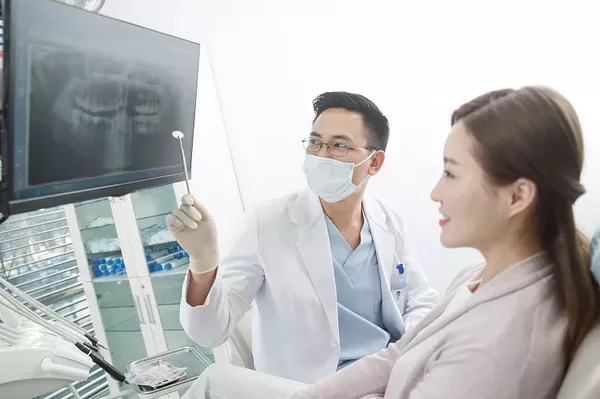Orthodontics is a branch of dentistry that deals with the correction of crooked teeth and misaligned jaws. Orthodontic procedures aim to improve the appearance of the teeth, enhance oral health, and promote proper jaw alignment for better facial symmetry. In this article, we will discuss the four main types of orthodontic procedures, including braces, clear aligners, retainers, and other orthodontic appliances.
Braces
Braces are the most common orthodontic treatment used to correct dental issues such as crooked teeth, overcrowding, overbite, underbite, and crossbite. Braces consist of brackets, wires, and elastic bands that are attached to the teeth. The brackets are bonded to the teeth, and the wires are threaded through them. The wires exert pressure on the teeth, gradually shifting them into their proper positions. Elastic bands are used to hold the wires in place.
There are different types of braces available, including traditional metal braces, ceramic braces, lingual braces, and self-ligating braces. Traditional metal braces are the most commonly used type of braces. They are made of stainless steel and are visible on the teeth. Ceramic braces are similar to metal braces, but they are made of clear or tooth-colored materials, making them less noticeable. Lingual braces are attached to the backside of the teeth, making them invisible from the front. Self-ligating braces use a sliding mechanism instead of elastic bands to hold the wire in place.
Clear Aligners
Clear aligners are an alternative to traditional metal braces. They are nearly invisible and can be removed when eating or brushing teeth. Clear aligners work by applying gentle pressure to the teeth, gradually shifting them into their proper positions. Clear aligners are custom-made for each patient using 3D imaging technology. The aligners are usually worn for 20-22 hours per day and are changed every two weeks until the treatment is complete.
Clear aligners are a popular choice for adults who want to straighten their teeth discreetly. They are also suitable for patients with mild to moderate orthodontic issues, such as gaps between the teeth, crooked teeth, or minor bite problems. However, clear aligners may not be as effective as traditional braces in treating complex dental issues.
Retainers
Retainers are orthodontic appliances that are used after braces or clear aligner treatment to maintain the position of the teeth. Retainers work by holding the teeth in place while the bone around them adapts to the new position. There are several types of retainers available, including removable and fixed retainers.
Removable retainers are usually made of plastic or acrylic and can be taken out of the mouth when eating or brushing teeth. They are typically worn at night or for a few hours during the day. Fixed retainers are bonded to the backside of the teeth and cannot be removed by the patient. They are usually recommended for patients who have undergone extensive orthodontic treatment and require more significant support to maintain the position of their teeth.
Other Orthodontic Appliances
In addition to braces, clear aligners, and retainers, there are other orthodontic appliances used to treat various dental issues. These include palatal expanders, headgear, and orthodontic implants.
Palatal expanders are used to widen the upper jaw, creating more space for teeth to grow. Headgear is used to correct severe overbite or underbite by pulling the upper or lower jaw into a more proper position. Orthodontic implants are used to anchor orthodontic appliances, such as braces or clear aligners, to the teeth.
Conclusion
Orthodontic procedures are essential for improving the appearance of teeth, promoting oral health, and enhancing facial symmetry. Braces, clear aligners, retainers, and other orthodontic appliances are available to correct various dental issues. It is essential to consult an orthodontist to determine the best treatment option for your specific needs. With proper orthodontic treatment, you can achieve a beautiful, healthy smile that lasts a lifetime.
Related Topics:


























